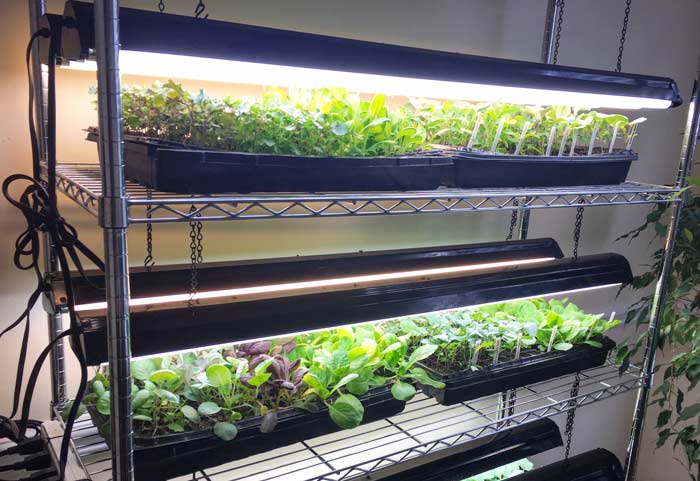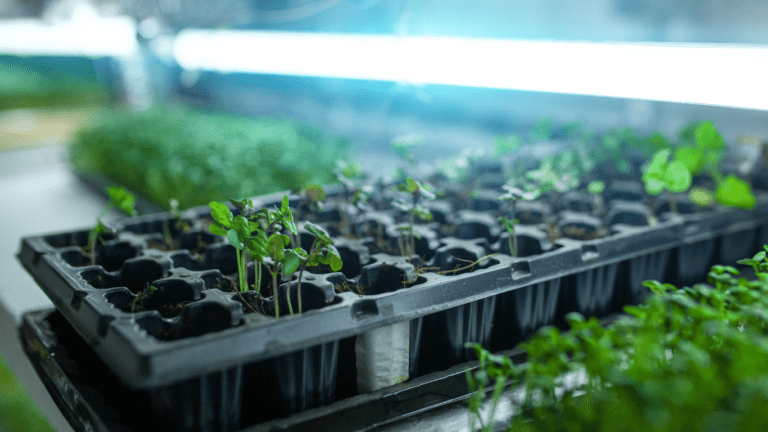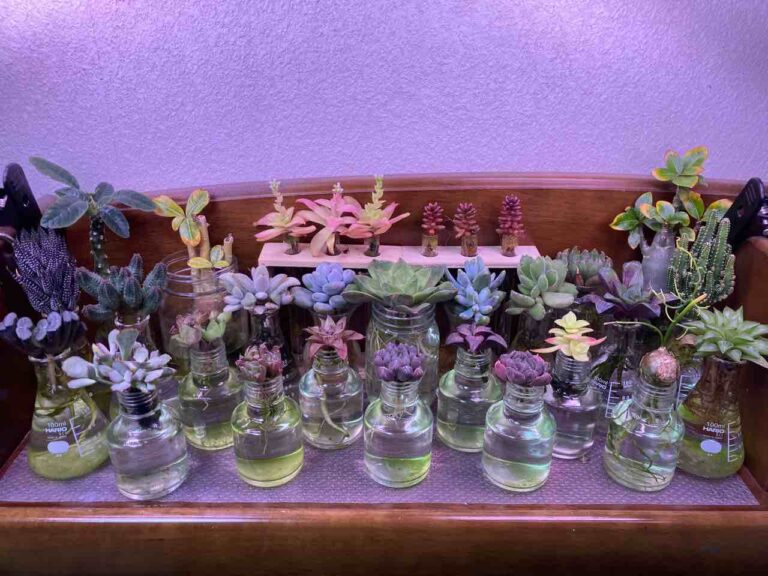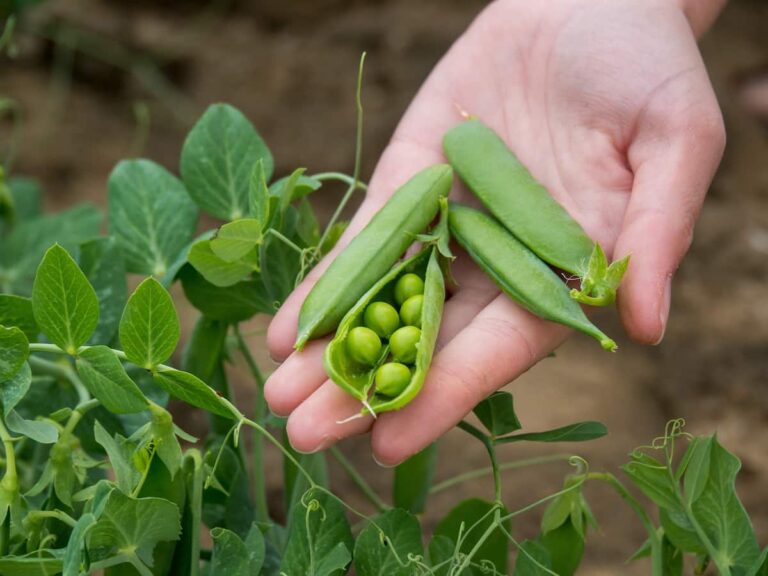Panoponica Technology: The Future of Hydroponics and Plantation
Table of Contents
introduction
Hydroponics is a method of growing plants without soil, using mineral nutrient solutions in a water solvent. This technique has been around for decades, offering many benefits over traditional soil-based farming, such as water efficiency, space saving, and year-round production. However, hydroponics also has some limitations, such as single-level growing systems, less control over micro-environmental factors, and potential nutrient imbalances.
That’s where Panoponica technology comes in. Panoponica is an advanced form of hydroponics that integrates multi-level growing systems, sophisticated climate control, and precise nutrient management to increase yield, efficiency, and sustainability dramatically. In this blog post, we will explore what Panoponica technology is, how it works, and why it is the future of hydroponics and plantation.
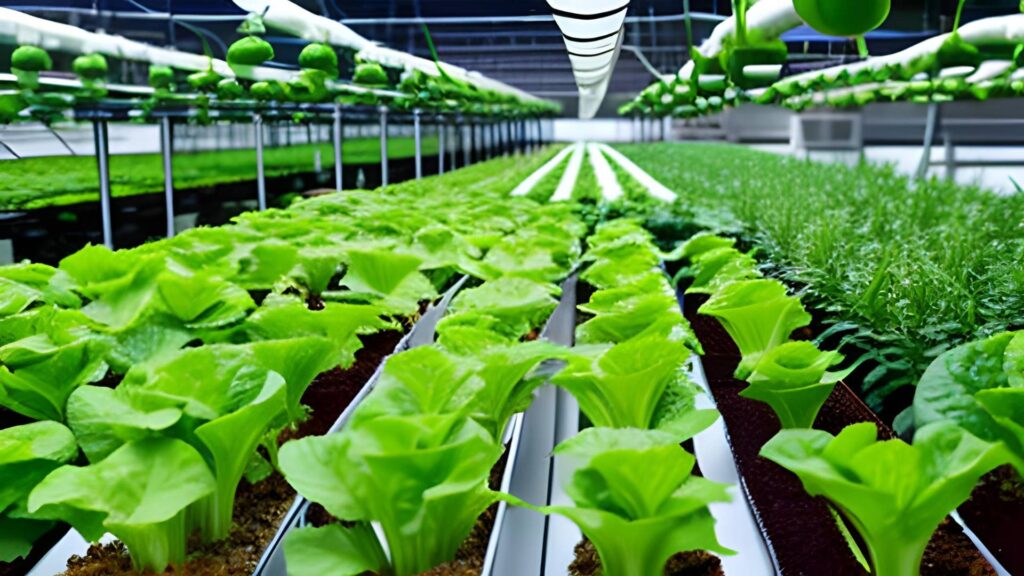
What is Panoponica Technology?
Panoponica technology is a term coined by Russian scientists who developed this innovative system of hydroponic farming. The word “Panoponica” comes from the Greek words “pan” (all), “opon” (work), and “ica” (art), meaning “the art of all work”. This reflects the comprehensive and holistic approach of Panoponica technology, which combines various systems and techniques to create the optimal conditions for plant growth and development.
Panoponica technology uses phytotechnical complexes, which are combinations of systems that provide the ideal conditions for different types of crops. These systems include:
- Artificial lighting: This system provides the appropriate light spectrum and intensity for photosynthesis, growth, and flowering of plants. It can also extend the growing season and increase the productivity of crops.
- Hydroponic irrigation: This system delivers water and nutrients directly to the plant roots, allowing for more efficient uptake and utilization of resources. It can also prevent waterlogging, salinization, and soil-borne diseases.
- Nutrient solutions: This system supplies the precise balance of nutrients required for optimal plant growth. It can also adjust the pH and EC levels of the solution to ensure the availability and absorption of nutrients.
- Climate regulation: This system controls the temperature, humidity, and carbon dioxide levels of the growing environment. It can also protect the plants from extreme weather conditions, pests, and diseases.
- Trellises: This system supports the vines and branches of the plants, allowing for better air circulation, light penetration, and fruit formation. It can also reduce the risk of mechanical damage and fungal infections.
By using these systems, Panoponica technology can grow various crops, such as leafy greens, vegetables, fruits, herbs, and flowers, in specially designed greenhouses or indoor spaces. Panoponica technology can also utilize multi-level farming systems, which maximize vertical space and allow for a higher density of crops per unit area.
How Does Panoponica Technology Work?
Panoponica technology works by creating a controlled environment that mimics the natural conditions of the plants’ native habitats. This environment is monitored and regulated by computer systems and sensors, which collect and analyze data on various parameters, such as light, temperature, humidity, water, nutrients, and carbon dioxide. Based on this data, the computer systems can adjust the settings of the phytotechnical complexes to optimize the plant growth and development.
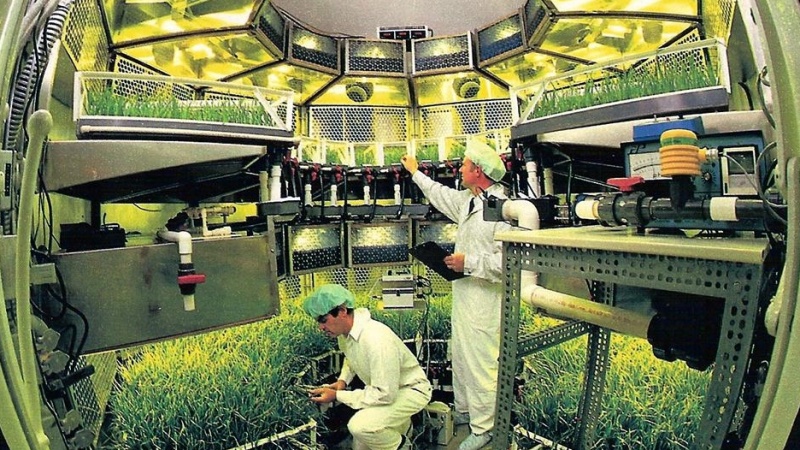
For example, if the light intensity is too low, the artificial lighting system can increase the brightness and duration of the light. If the water level is too high, the hydroponic irrigation system can reduce the water flow and frequency. If the nutrient concentration is too low, the nutrient solution system can add more nutrients to the solution. If the temperature is too high, the climate regulation system can lower the temperature and increase the ventilation.
By using this feedback loop, Panoponica technology can ensure that the plants receive the best possible care and attention, resulting in higher yields and quality than traditional hydroponic systems.
Why is Panoponica Technology the Future of Hydroponics and Plantation?
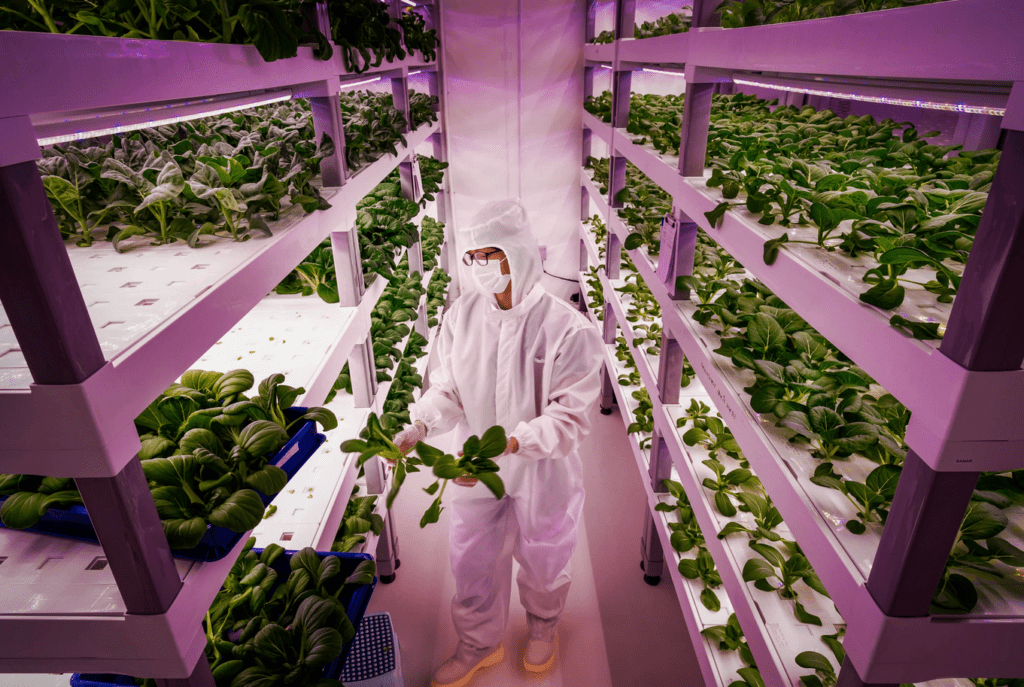
Panoponica technology is the future of hydroponics and plantation because it offers many advantages over conventional methods of agriculture, such as:
- Increased crop yield: Panoponica technology can produce up to 100 kg of cucumbers, 149 kg of leafy cabbage, 29 kg of tomatoes, 11 kg of sweet peppers, and 8 watermelons per square meter per year, which is significantly higher than traditional hydroponic systems or soil-based farming.
- Reduced resource use: Panoponica technology can save up to 90% of water, 80% of land, and 70% of energy compared to conventional agriculture. It can also recycle water and nutrients within the system, minimizing waste and pollution.
- Improved crop quality: Panoponica technology can produce crops that are fresher, tastier, and more nutritious than conventional agriculture. It can also prevent the use of pesticides, herbicides, and fungicides, ensuring the safety and health of the consumers and the environment.
- Versatility and adaptability: Panoponica technology can grow a wide range of crops in various environments, such as urban rooftops, desert oases, or polar bases. It can also adapt to changing climate conditions, such as droughts, floods, or frosts, ensuring a consistent and reliable food supply.
- Innovation and creativity: Panoponica technology can inspire new ideas and solutions for the challenges of food security, sustainability, and biodiversity. It can also foster a culture of curiosity, experimentation, and collaboration among farmers, scientists, and consumers.
Crops that can be cultivated using Panoponica technology
Panoponica technology is suitable for a wide range of crops, from leafy greens and vegetables to fruits and herbs. Some examples of crops that can be grown using Panoponica technology are:
- Cucumbers: These are one of the most productive crops in Panoponica systems, producing up to 100 kg per square meter per year. They require artificial lighting, hydroponic irrigation, nutrient solutions, climate regulation, and trellises to support their vines.
- Leafy cabbage: This is another high-yielding crop in Panoponica systems, producing up to 149 kg per square meter per year. It requires artificial lighting, hydroponic irrigation, nutrient solutions, and climate regulation to grow well.
- Tomatoes: These are one of the most popular crops in Panoponica systems, producing up to 29 kg per square meter per year. They require artificial lighting, hydroponic irrigation, nutrient solutions, climate regulation, and trellises to support their branches.
- Sweet peppers: These are one of the most colorful and flavorful crops in Panoponica systems, producing up to 11 kg per square meter per year. They require artificial lighting, hydroponic irrigation, nutrient solutions, climate regulation, and trellises to support their stems.
- Watermelons: These are one of the most remarkable crops in Panoponica systems, producing up to 8 watermelons per square meter per year. They require artificial lighting, hydroponic irrigation, nutrient solutions, climate regulation, and trellises to support their vines. They also take longer to ripen than other crops, about 103 days.
- Herbs: These are one of the most versatile and aromatic crops in Panoponica systems, producing various types of herbs, such as basil, mint, oregano, parsley, and thyme. They require artificial lighting, hydroponic irrigation, nutrient solutions, and climate regulation to grow well.
- Berries: These are one of the most nutritious and delicious crops in Panoponica systems, producing various types of berries, such as blackberries, blueberries, raspberries, and strawberries. They require artificial lighting, hydroponic irrigation, nutrient solutions, and climate regulation to grow well.
Commercial aspects of Panoponica technology
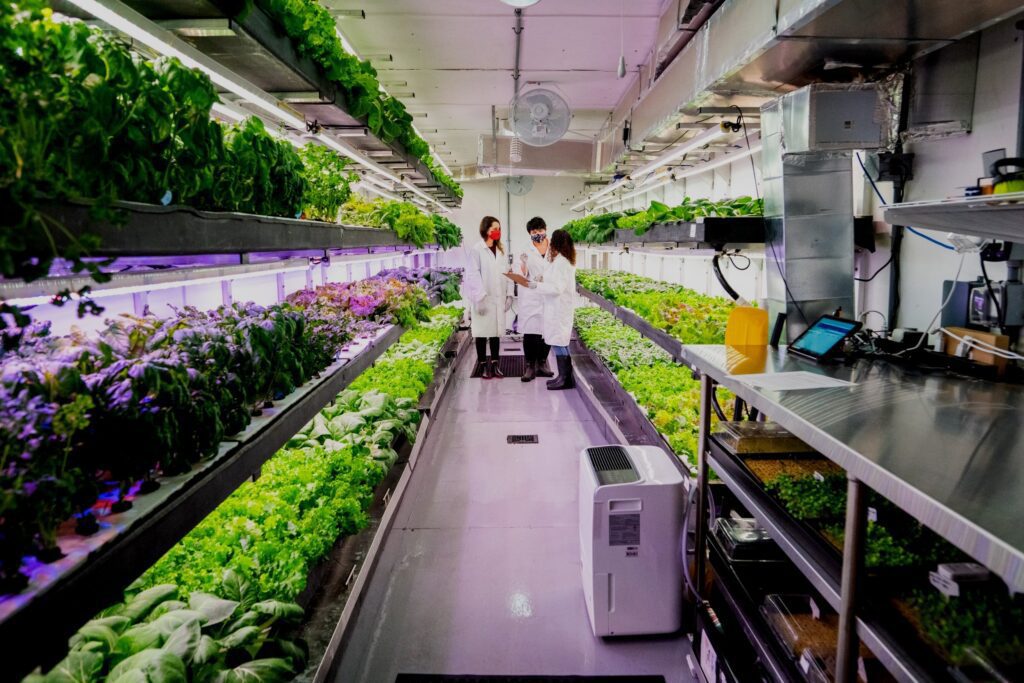
Panoponica technology is an advanced form of hydroponic farming that integrates multi-level growing systems, sophisticated climate control, and precise nutrient management to increase yield, efficiency, and sustainability. The cost and commercial aspects of Panoponica technology depend on several factors, such as the scale, complexity, and location of the setup. Here are some general points to consider:
- The initial setup cost of Panoponica technology is typically higher than traditional hydroponic systems, as it involves more advanced equipment, software, and infrastructure. However, this cost can be offset by the higher returns and lower maintenance costs in the long term.
- The operating cost of Panoponica technology is lower than conventional agriculture, as it saves water, energy, and land resources. It also reduces waste and pollution, and minimizes the use of pesticides and fertilizers.
- The market potential of Panoponica technology is high, as it can produce a wide range of crops in various environments, such as urban rooftops, desert oases, or polar bases. It can also cater to the growing demand for fresh, local, and organic food, as well as niche markets, such as medicinal plants, exotic fruits, and ornamental flowers.
- The profitability of Panoponica technology depends on the type and quality of the crops, the price and demand of the market, and the competition and regulation of the industry. Some factors that can enhance the profitability of Panoponica technology are:
- Choosing crops that have high value and demand, such as herbs, spices, berries, and mushrooms.
- Producing crops that are certified organic, non-GMO, and fair trade, which can attract premium prices and customers.
- Developing a strong brand identity and marketing strategy, which can differentiate the products and services from the competitors and increase customer loyalty and satisfaction.
- Establishing partnerships and collaborations with other stakeholders, such as suppliers, distributors, retailers, and consumers, which can create synergies and opportunities for growth and innovation.
Comparison between Panoponica Technology and Hydroponics.
| Aspect | Panoponica Technology | Hydroponic Technology |
|---|---|---|
| Yield | Up to 100 kg of cucumbers, 149 kg of leafy cabbage, 29 kg of tomatoes, 11 kg of sweet peppers, and 8 watermelons per square meter per year | Varies depending on the crop and the system, but generally lower than Panoponica |
| Ease of doing | Requires more advanced equipment, software, and infrastructure, but also offers more automation and precision | Requires less initial setup, but also involves more manual labor and maintenance |
| Commercials | Higher initial setup cost, but lower operating cost and higher returns in the long term | Lower initial setup cost, but higher operating cost and lower returns in the long term |
| Advantages | Highly space-efficient, superior environmental control, potentially higher yields, versatile, year-round production, sustainable | Water-efficient, suitable for a variety of crops, can be set up in diverse environments, year-round production, sustainable |
| Disadvantages | Higher initial setup cost, more complex and sophisticated, may require more technical expertise | Limited by single-level growth systems, less control over micro-environmental factors, potential nutrient imbalances |
Conclusion
Panoponica technology is a revolutionary form of hydroponic farming that combines multi-level growing systems, sophisticated climate control, and precise nutrient management to increase yield, efficiency, and sustainability. It is the future of hydroponics and plantation, as it offers many benefits over conventional methods of agriculture, such as increased crop yield, reduced resource use, improved crop quality, versatility and adaptability, and innovation and creativity. Panoponica technology can transform how we think about food production, from urban rooftops to remote Antarctic bases.
FAQs about Panoponica technology
Q: What are the advantages of multi-level farming systems in Panoponica technology?
A: Multi-level farming systems in Panoponica technology allow for a higher density of crops to be grown in a limited area, which is beneficial for urban farming and areas with scarce arable land. They also increase the light efficiency and reduce the shading effect of the plants, resulting in higher yields and quality.
Q: How does Panoponica technology recycle water and nutrients within the system?
A: Panoponica technology uses various techniques to recycle water and nutrients within the system, such as drip irrigation, ebb and flow, and nutrient film technique. These techniques deliver water and nutrients directly to the plant roots, and collect the excess solution for reuse. This reduces water and nutrient consumption and waste, and prevents waterlogging, salinization, and nutrient imbalances.
Q: What are the types of artificial lighting used in Panoponica technology and how are they controlled?
A: Panoponica technology uses different types of artificial lighting, such as LED, fluorescent, or HID lights, to provide the appropriate light spectrum and intensity for photosynthesis, growth, and flowering of plants. The artificial lighting is controlled by computer systems and sensors, which adjust the brightness, duration, and cycle of the light according to the type and stage of the crops.
Q: What are the challenges and risks of Panoponica technology and how can they be overcome?
A: Panoponica technology faces some challenges and risks, such as high initial setup cost, technical complexity, and dependence on electricity and equipment. These can be overcome by securing adequate funding, training, and maintenance, as well as having backup systems and contingency plans in case of power outages or equipment failures.
Q: What are the current and future applications of Panoponica technology and who are the main users and beneficiaries?
A: Panoponica technology has various current and future applications, such as urban farming, desert farming, polar farming, space farming, and medicinal farming. The main users and beneficiaries are farmers, scientists, consumers, and the environment, who can enjoy the benefits of increased crop yield, reduced resource use, improved crop quality, versatility and adaptability, and innovation and creativity.

Beck Wakeford is a dedicated writer at SouthElMonteHydroponics, with a fervent enthusiasm for agriculture and technological innovation. Armed with a degree in Agricultural Engineering from a leading university, Beck specializes in hydroponic systems design, automation, and optimization. Their passion for merging traditional farming with cutting-edge technology drives them to explore novel solutions for sustainable food production. Beck’s expertise and keen interest in the intersection of engineering and agriculture make them a valuable asset in the quest for efficient and eco-friendly farming practices. Through their writing, Beck aims to inspire others to embrace the potential of hydroponics in shaping a more sustainable future.

